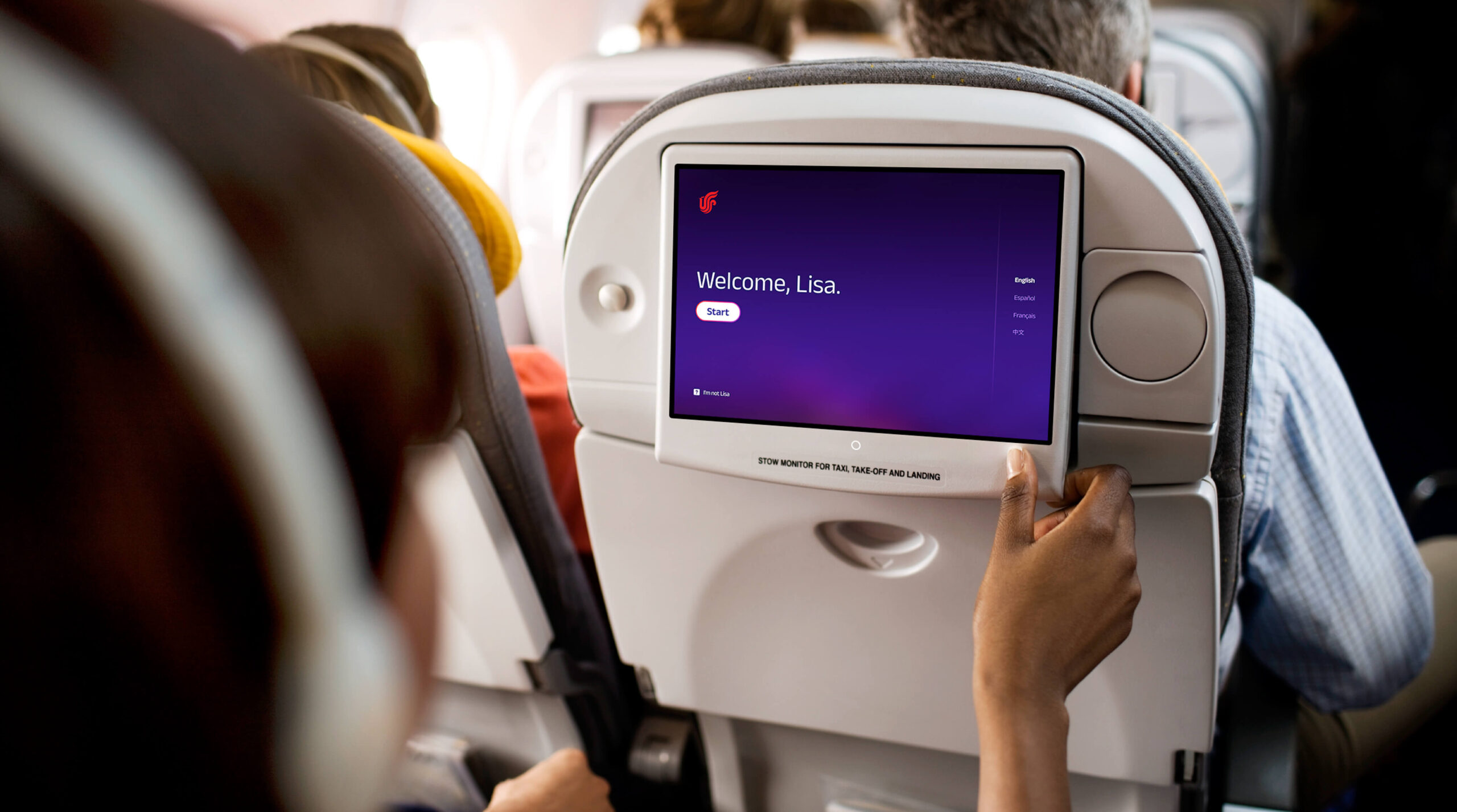
Client
Air China
Agency
Boya
Roles
Design Director
Lead Designer
Passenger interaction rates surged dramatically, up from 72%.
Users reported personalized satisfaction, significantly higher than the previous 12%.
Enhanced intuitive navigation and ease-of-use, an increase from the original 60%.
Potential for post-flight app engagement more than doubled, rising from 16%.
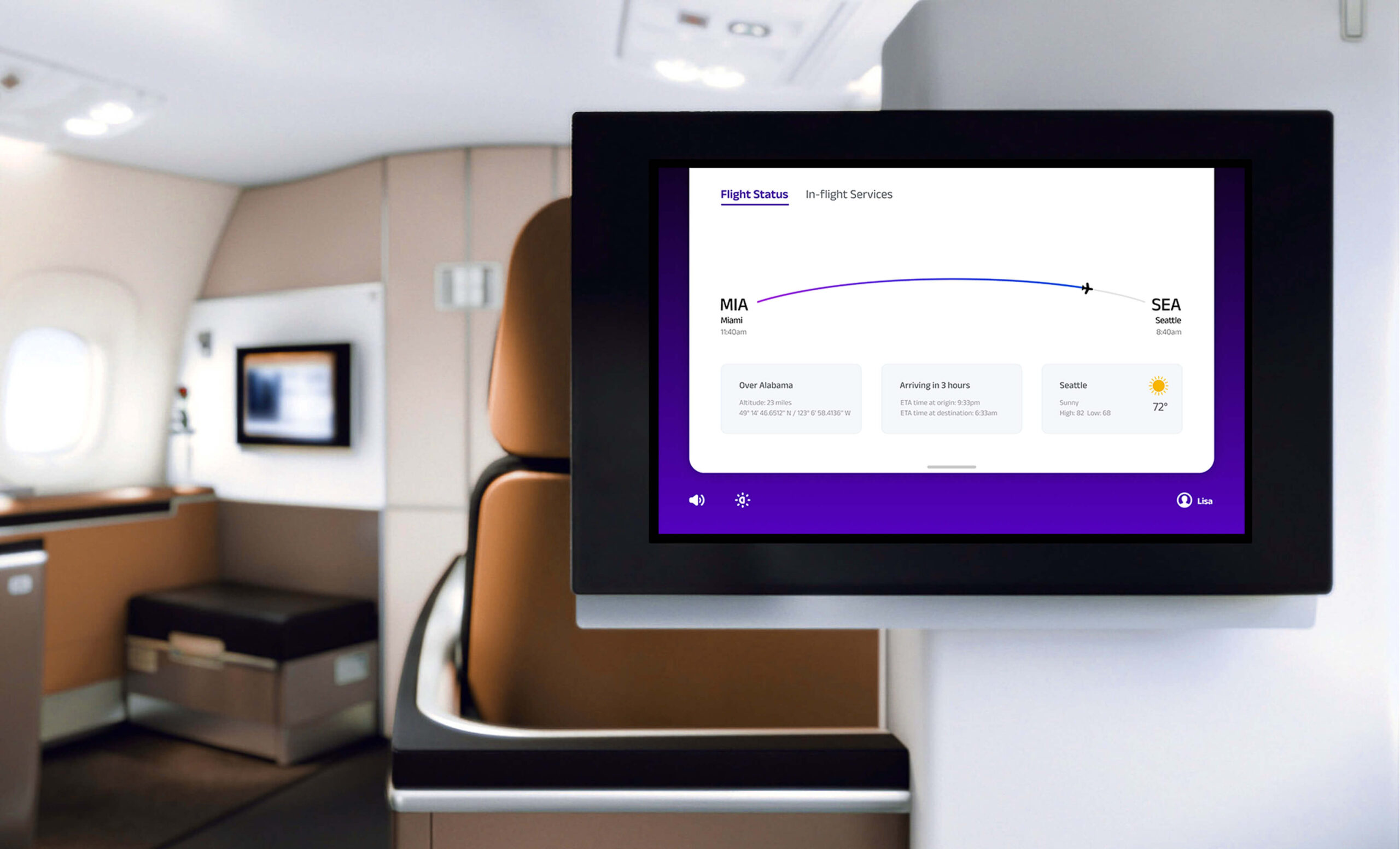
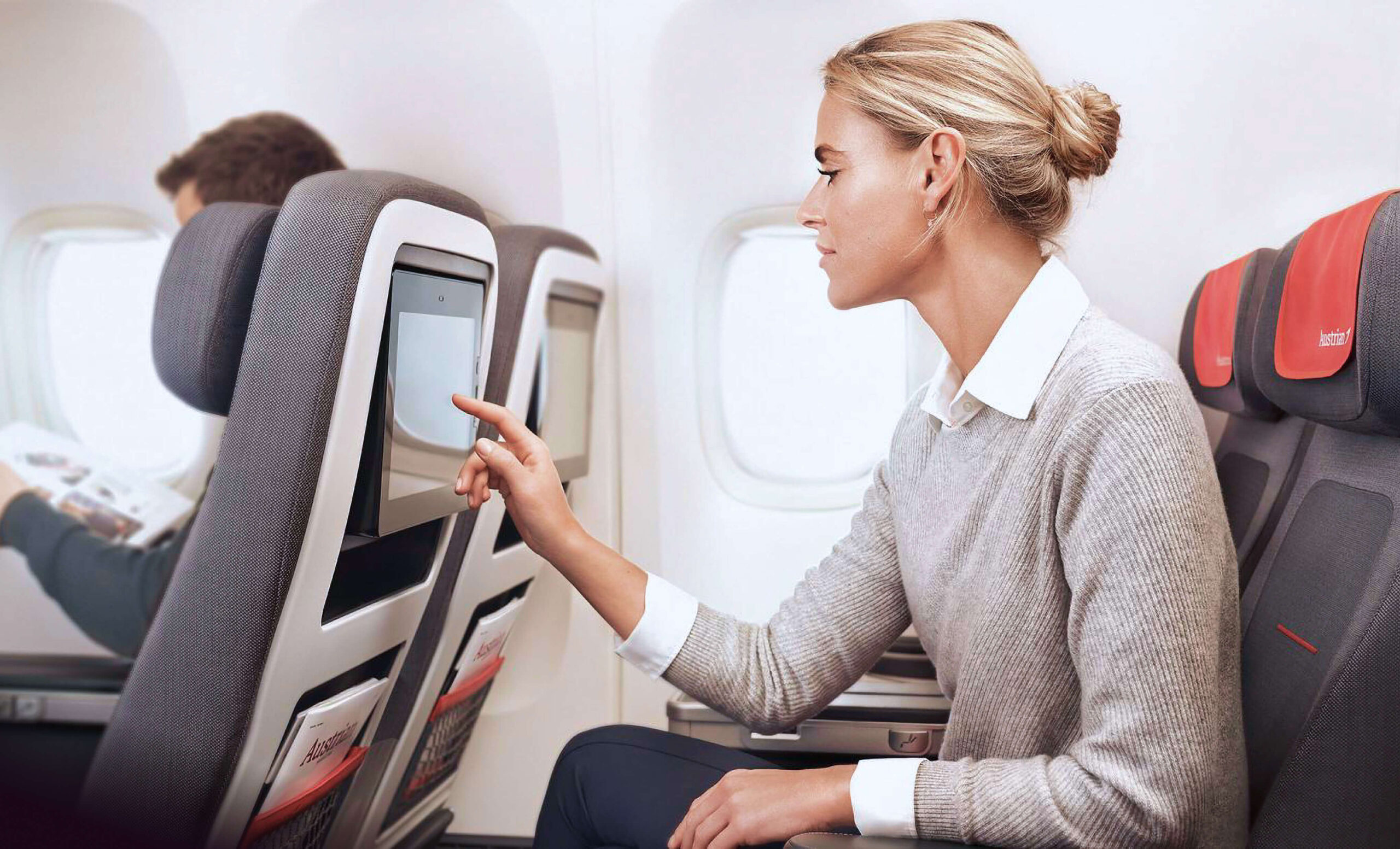
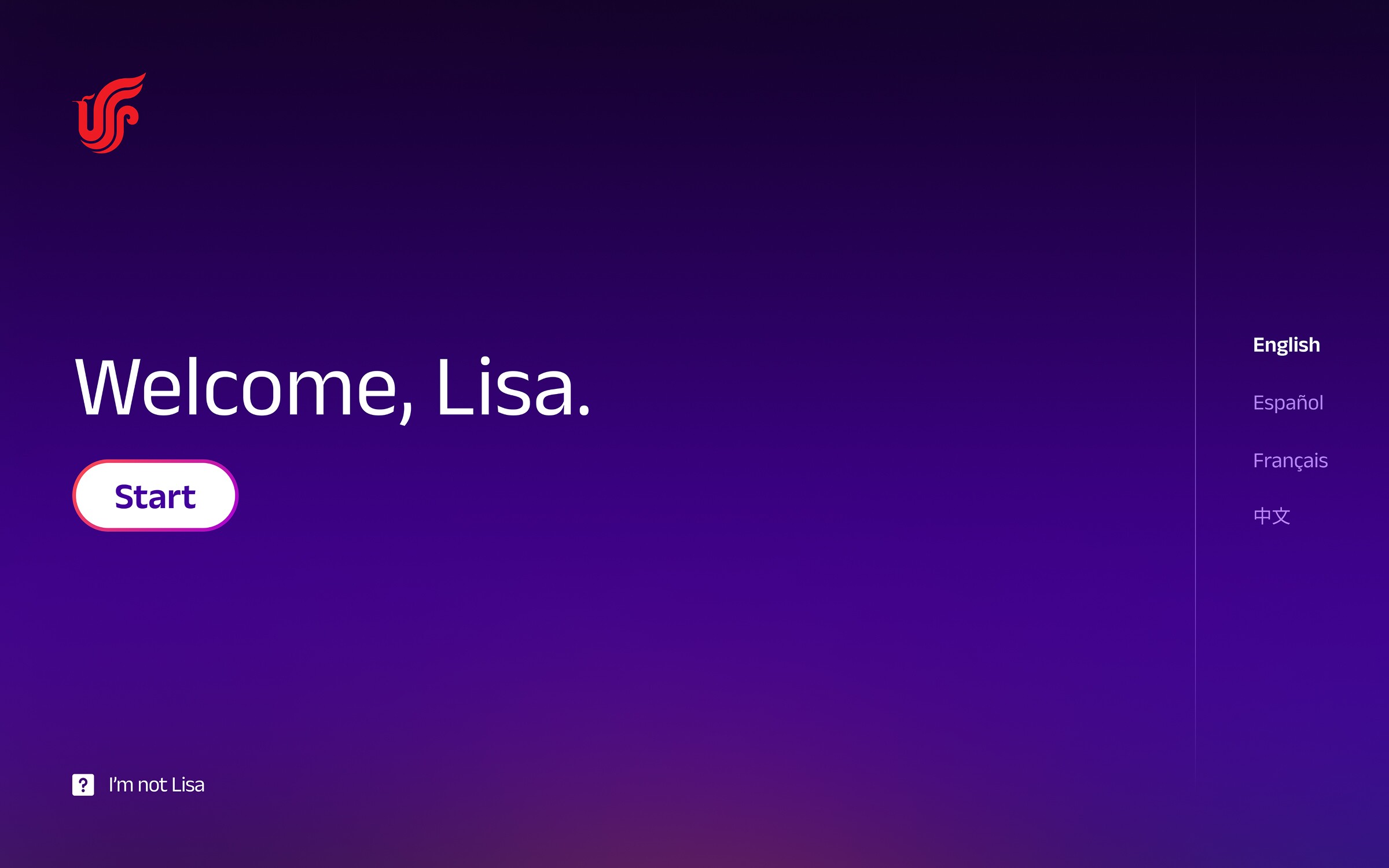
A welcome screen that displays the passenger’s name for a tailored experience.
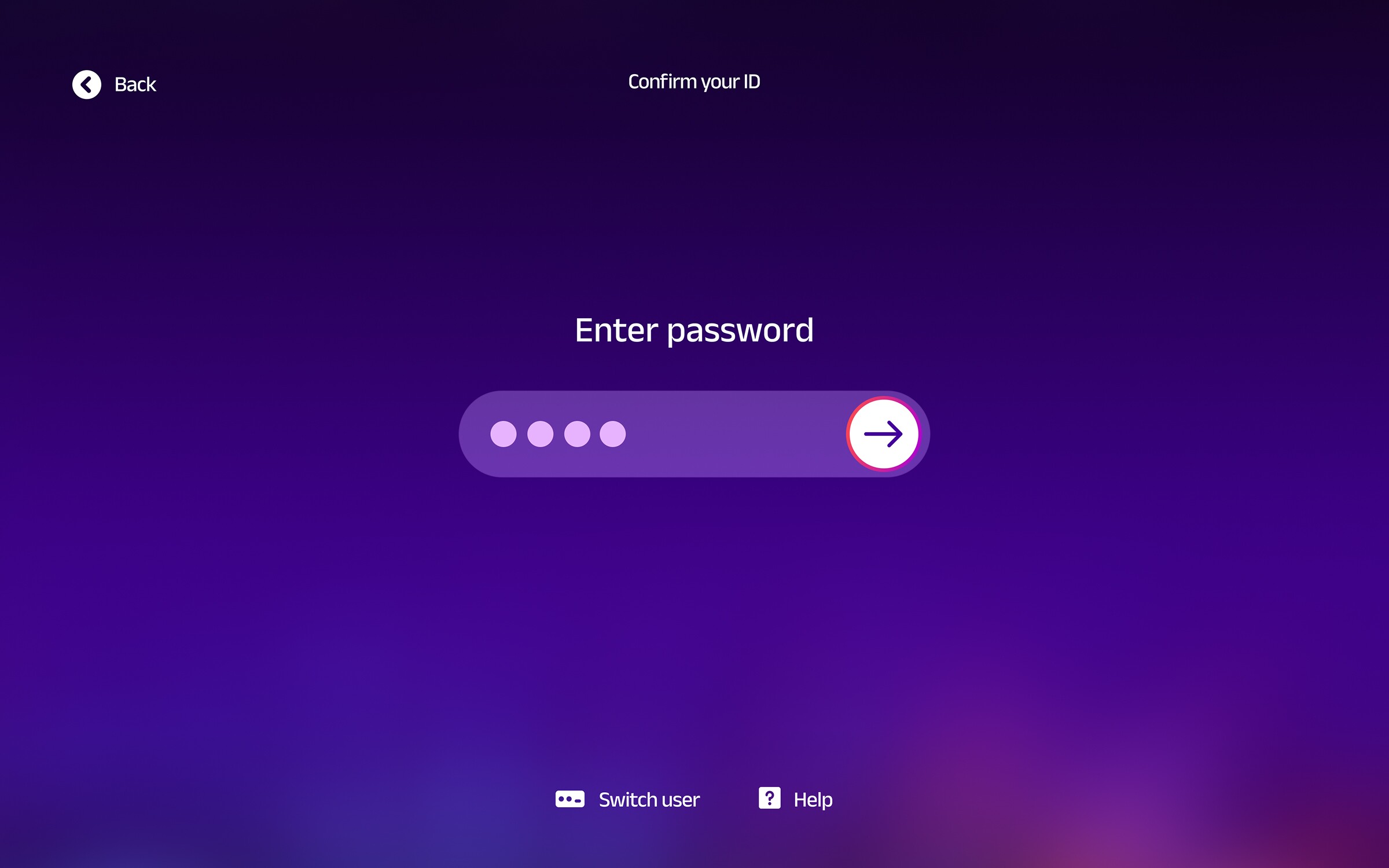
Protect personal information with an easy user login.
Air China aimed to sustain its market leadership but faced critical challenges with its existing IFE system. Passengers struggled to navigate the system, experienced prolonged wait times for in-cabin services, and expressed dissatisfaction during extended taxiing periods. Recognizing these pain points, Boya engaged our agency’s expertise to strategically revolutionize Air China’s onboard experience.
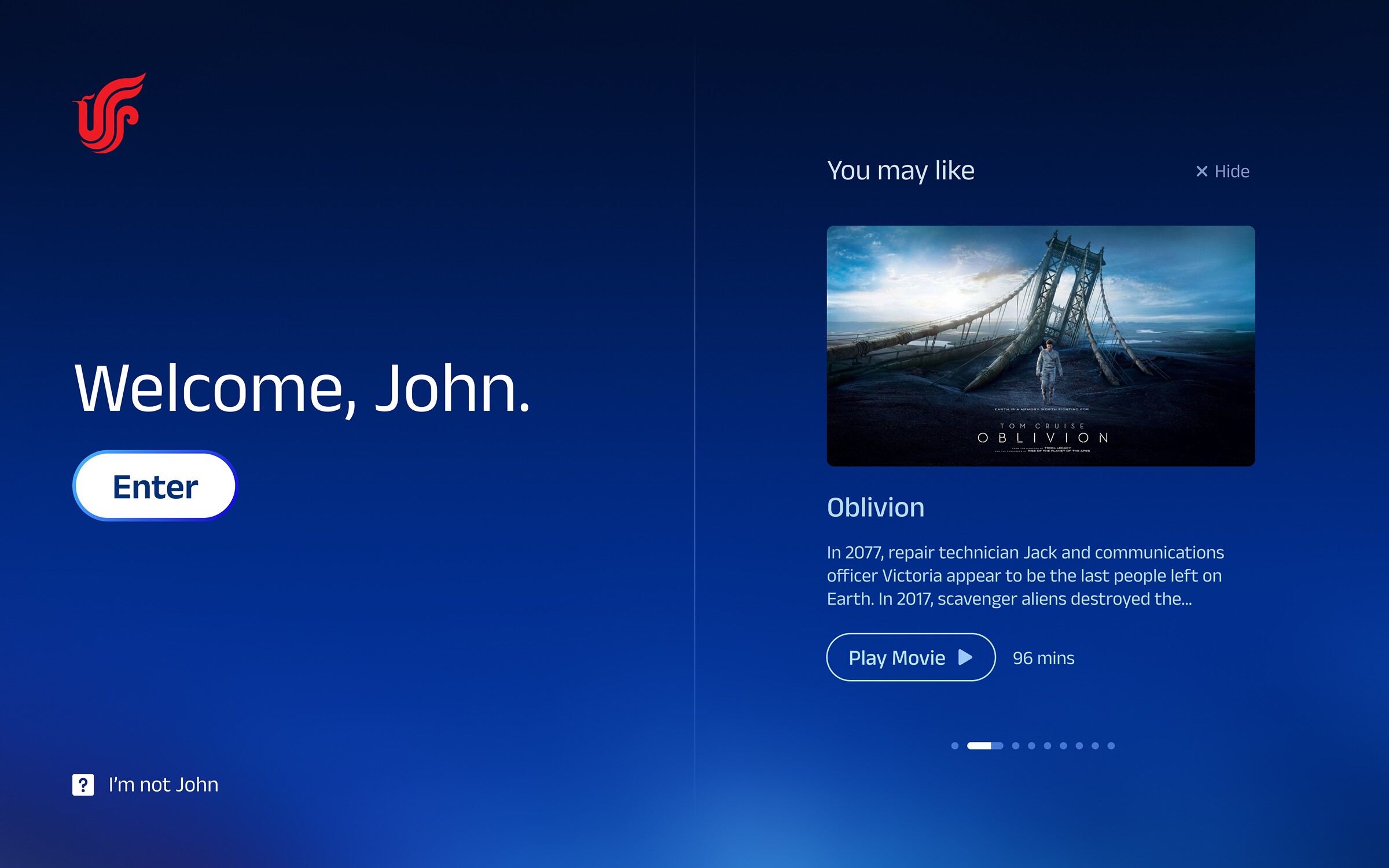
Display content that matches passenger preferences to boost user engagement.
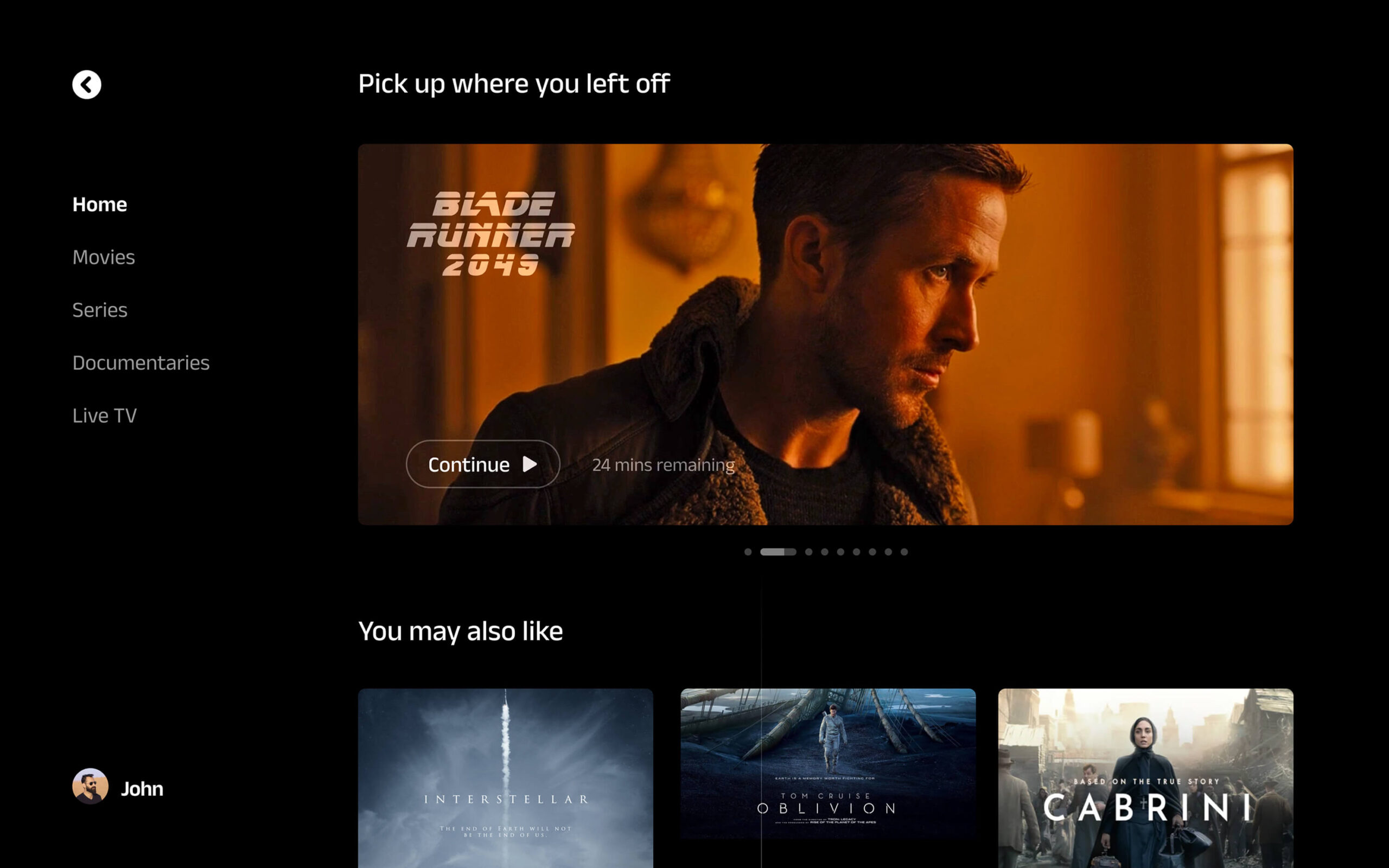
Show unfinished movies and shows from previous flights for a seamless viewing experience.
Despite limited data and restrictions on in-flight testing, I led our multidisciplinary team through alternative research methods to gather valuable insights:
Listening Closely to Passengers: In-depth interviews with 25 frequent flyers revealed frustrations with content discovery and responsiveness of cabin services.
Understanding Crew Challenges: Direct engagement with cabin crews exposed operational inefficiencies impacting passenger service quality.
Benchmarking Excellence: A comprehensive analysis of leading international airline systems helped identify best practices and opportunities for innovation.
Our research emphasized passengers’ desire for personalized, seamless entertainment and highlighted the necessity of intuitive tools for effective crew management.
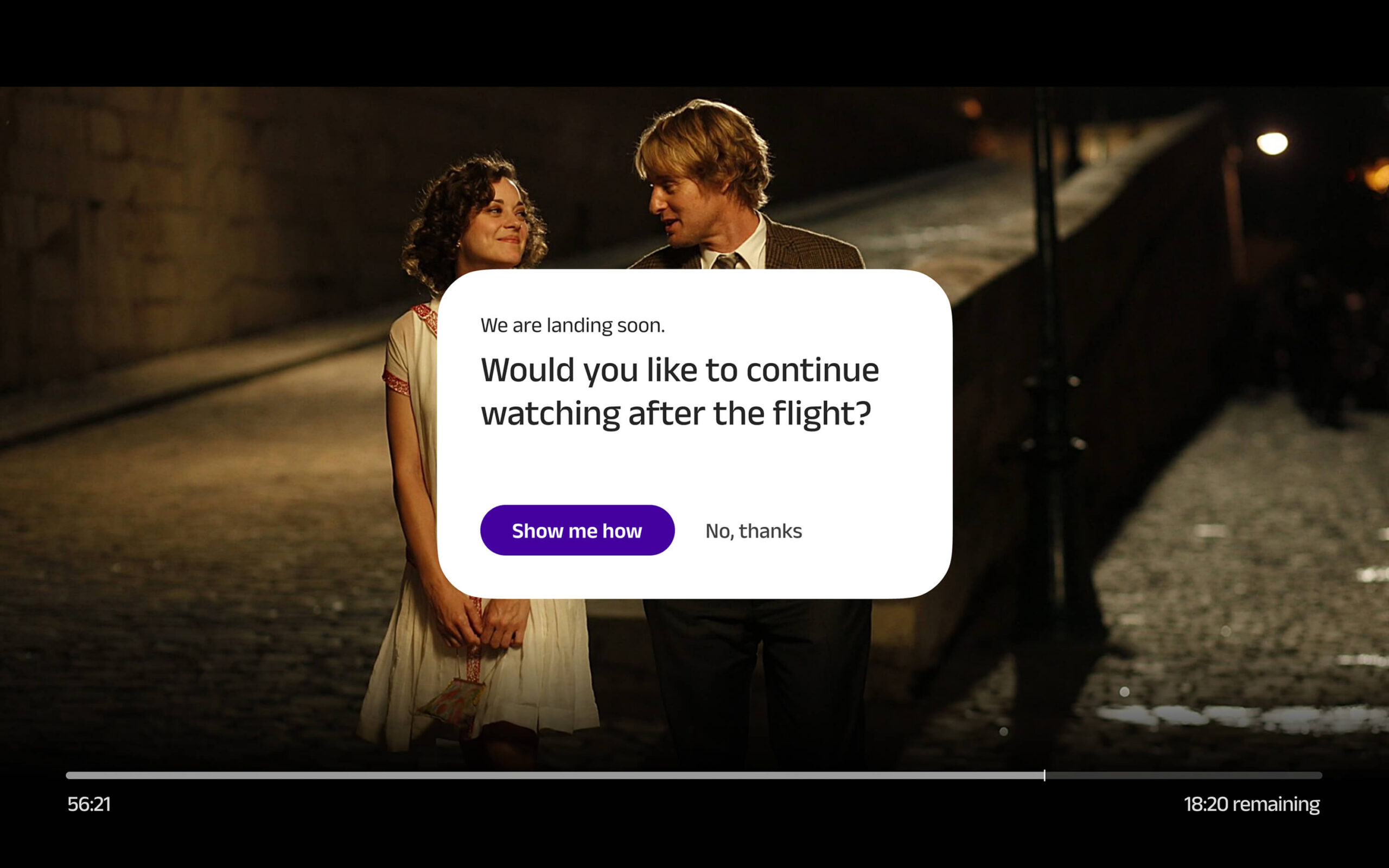
Encourage passengers to continue watching after the flight through the airline app.
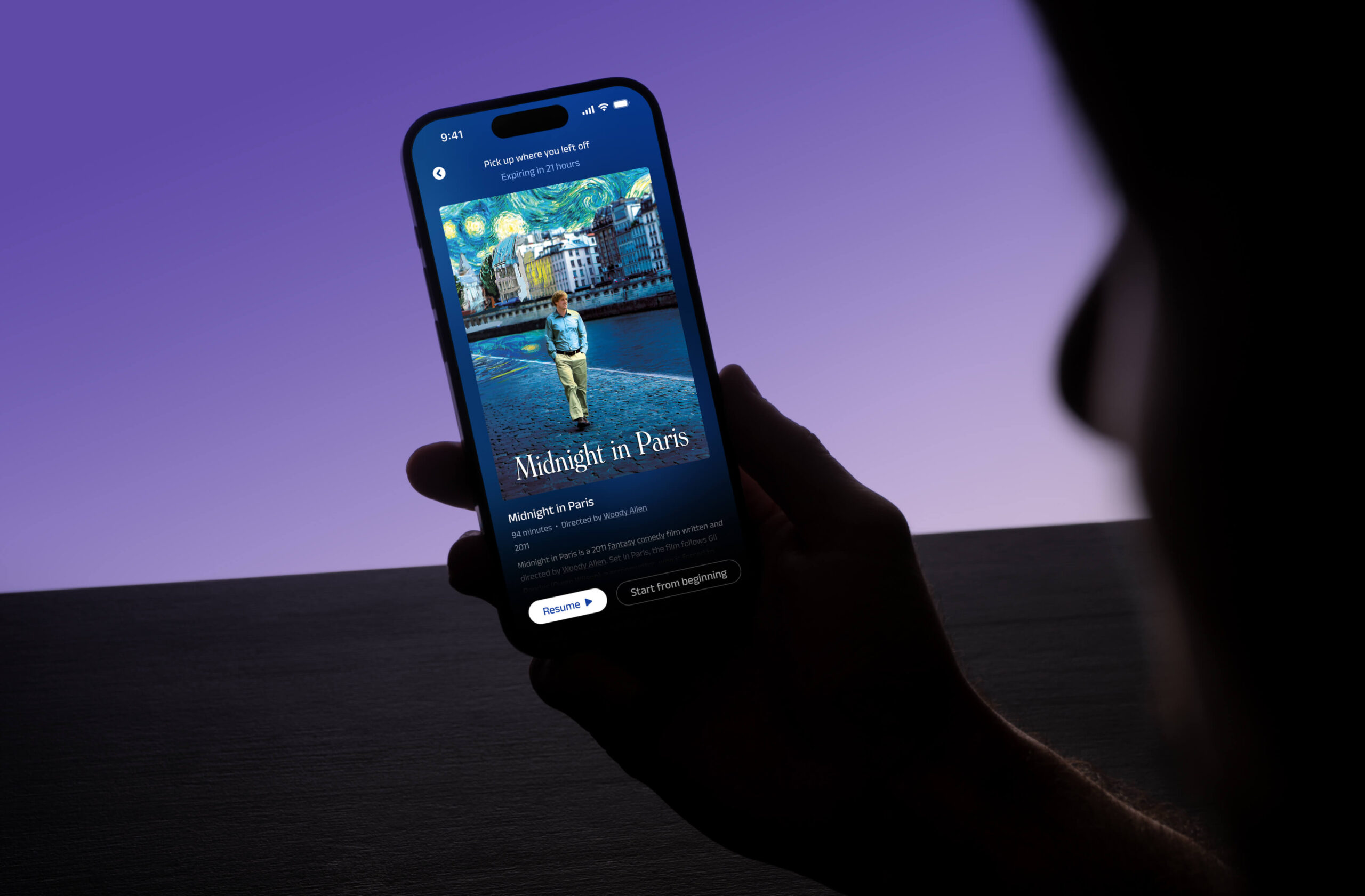
Guided by these insights, we introduced groundbreaking features designed to captivate passengers and streamline crew workflows:
A Warm Welcome: Personalized welcome screens greeted passengers by name, fostering immediate connection and hospitality.
Tailored Content Discovery: A sophisticated recommendation engine offered personalized content, simplifying entertainment selection.
Seamless Service Requests: Passengers effortlessly submitted service requests directly from their screens, significantly reducing wait times.
Empowering Cabin Crews: An intuitive dashboard centralized passenger requests, allowing efficient management and prioritization of tasks.
Continuing the Connection: Passengers could seamlessly continue in-flight entertainment through Air China’s mobile app post-flight, promoting ongoing engagement and loyalty.
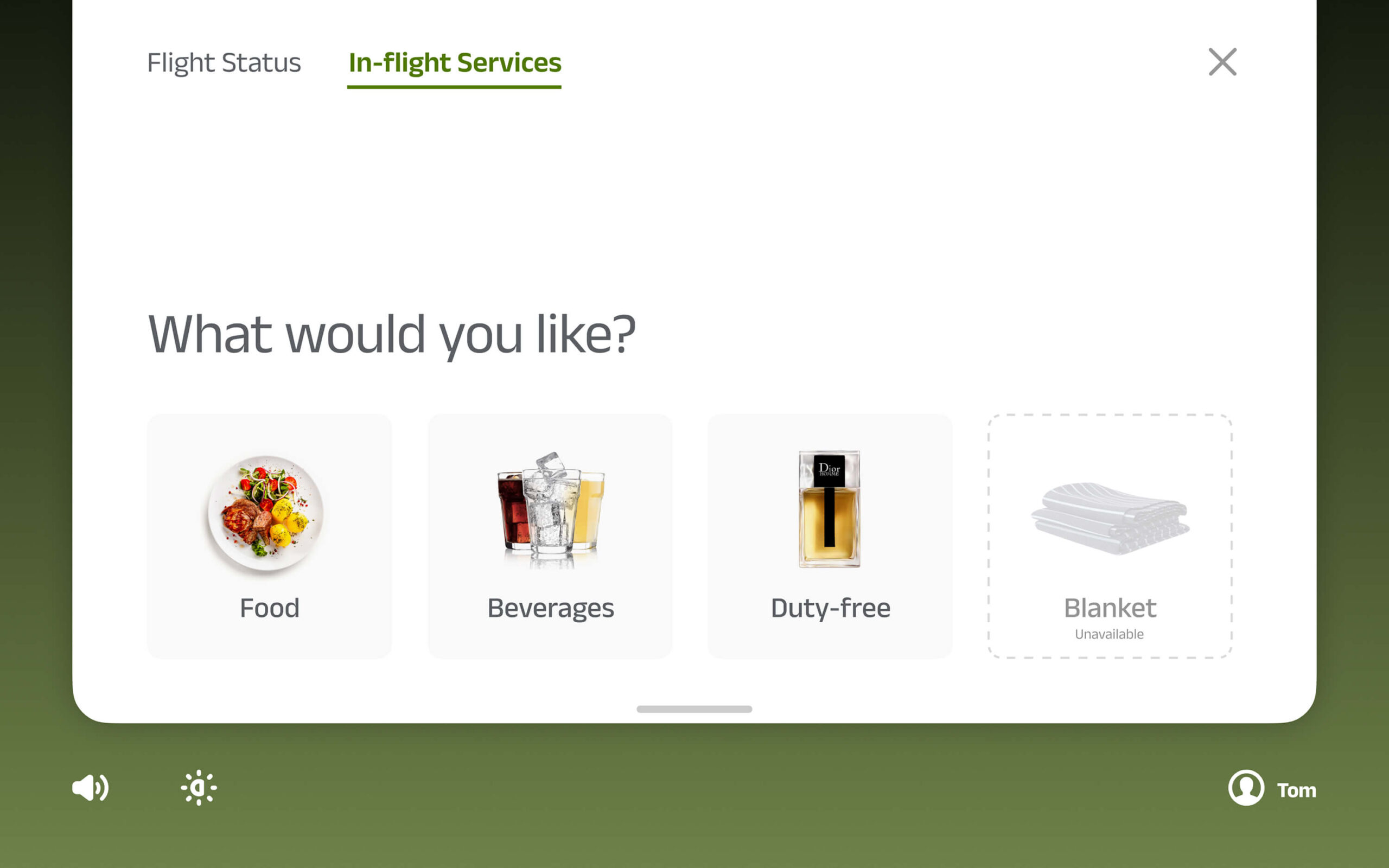
Request specific services directly from the screen.

Use the screen to communicate with the crew, enhancing the experience and reducing their workload.
Simulated testing of the redesigned system delivered immediate, significant improvements:
Elevated Passenger Engagement: Interaction rates surged from 72% to 92%.
Personalized Satisfaction: 84% found the new system tailored to their preferences, compared to 12% previously.
Intuitive Navigation: Ease-of-use ratings improved dramatically from 60% to 80%.
Extended Brand Interaction: Post-flight app engagement potential increased from 16% to 40%.
Air China’s executives praised our design for its transformative potential to redefine passenger experiences, optimize operations, and strengthen their competitive advantage. The new IFE system is currently rolling out on Air China’s private jet services, with plans for fleet-wide implementation.
Through strategic innovation, user-centric design, and meticulous execution, our collaboration with Boya successfully elevated Air China’s in-flight experience, positioning them as leaders in aviation excellence.
For more details about this project or to explore similar work, feel free to reach out.
DESIGN HAS BEEN ALTERED TO PROTECT THE CLIENT’S INTELLECTUAL PROPERTY.


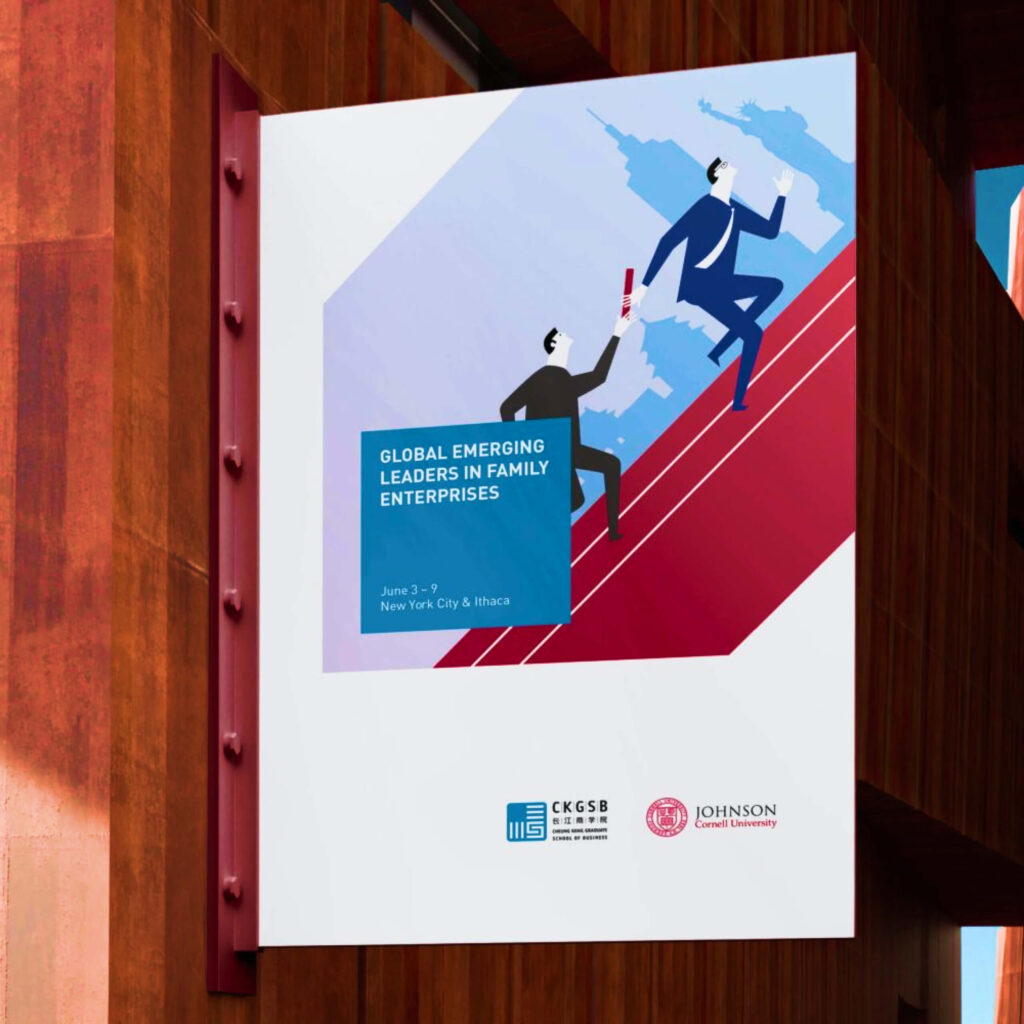
For nearly a decade, I led CKGSB’s international design efforts. From website to marketing campaigns, we tailored elite visual experiences that honored both Eastern nuance and Western expectations for a global audience.
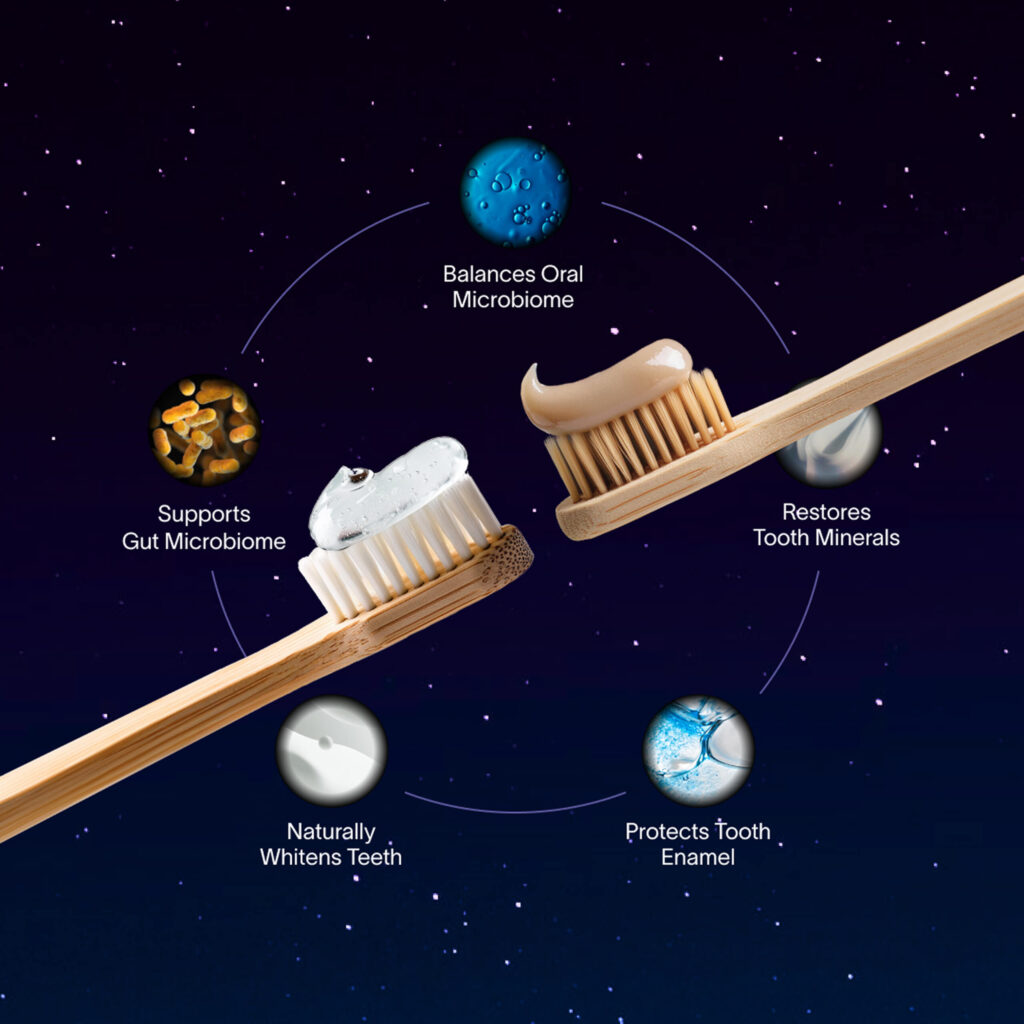
We’re actively integrating AI into our design process—analyzing research, generating ideas, editing visuals. This Viome visual blends human intuition with AI power, pointing toward the future of hybrid design.
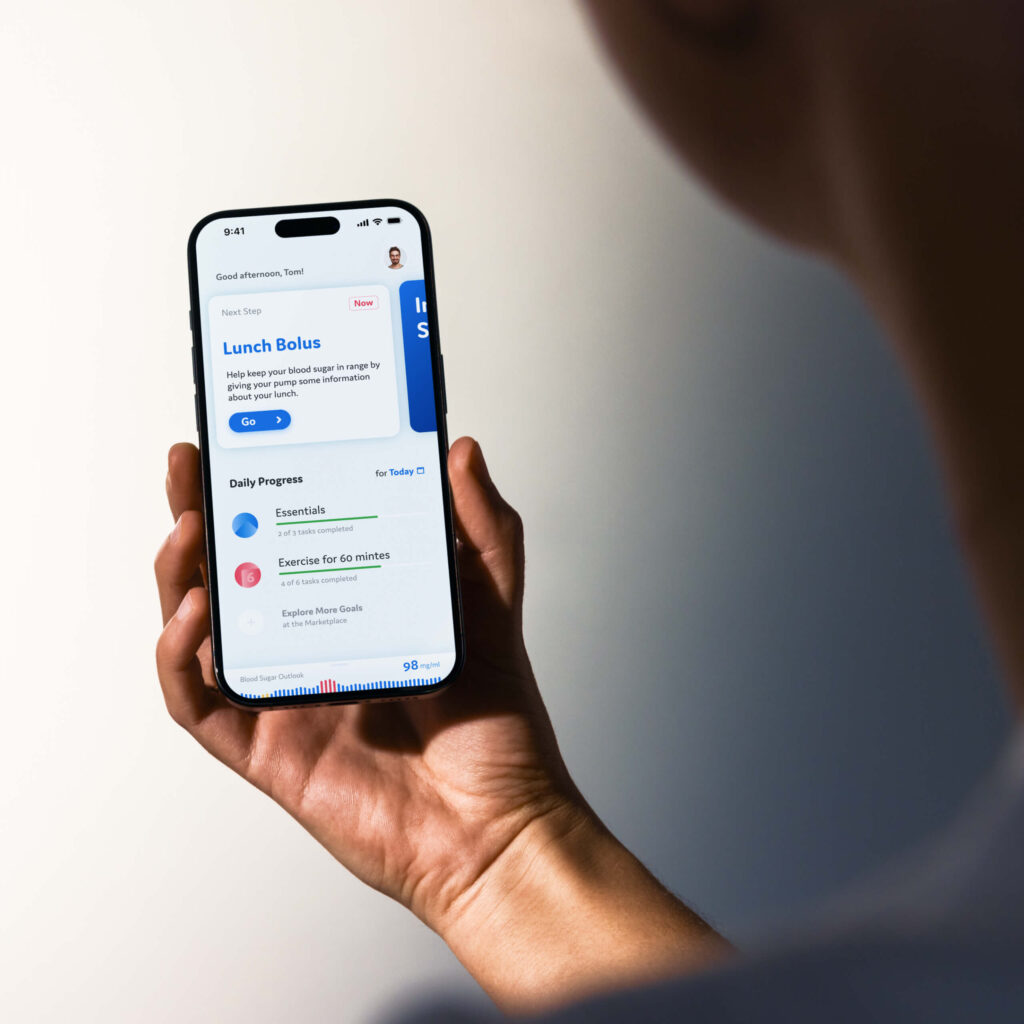
As one of the designers on Eli Lilly’s insulin pump project, I helped redesign the Type II diabetes experience. Our goal: a simple, empowering daily tool that educates users while guiding them through treatment transitions.
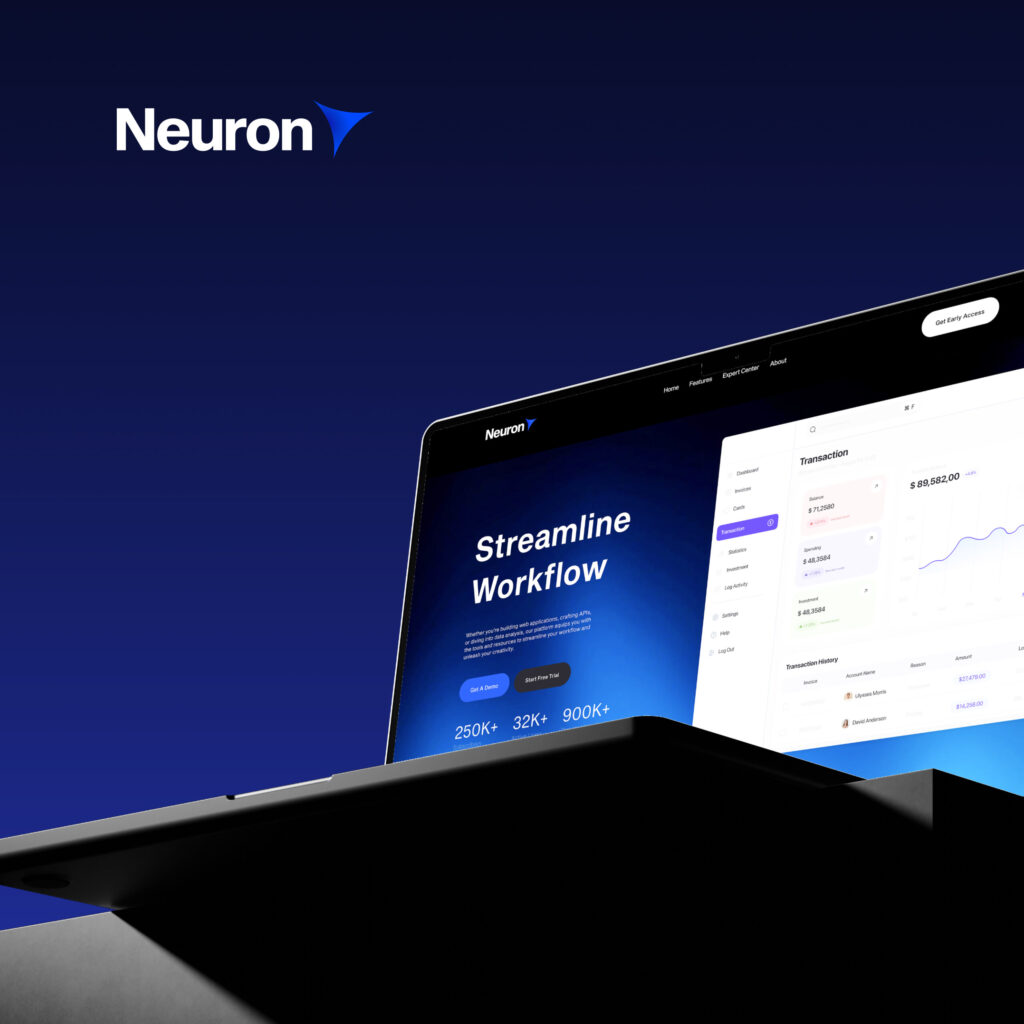
We helped launch Neuron, an AI startup for business consultants, by creating everything from the name to the product UI. Our work unified brand, web, and pitch materials to tell a cohesive story from day one.

For VLS’s clinical reports, clarity came first. We restructured content and designed accessible infographics to serve both medical professionals and new patients—ensuring critical health info is easy to scan and understand.
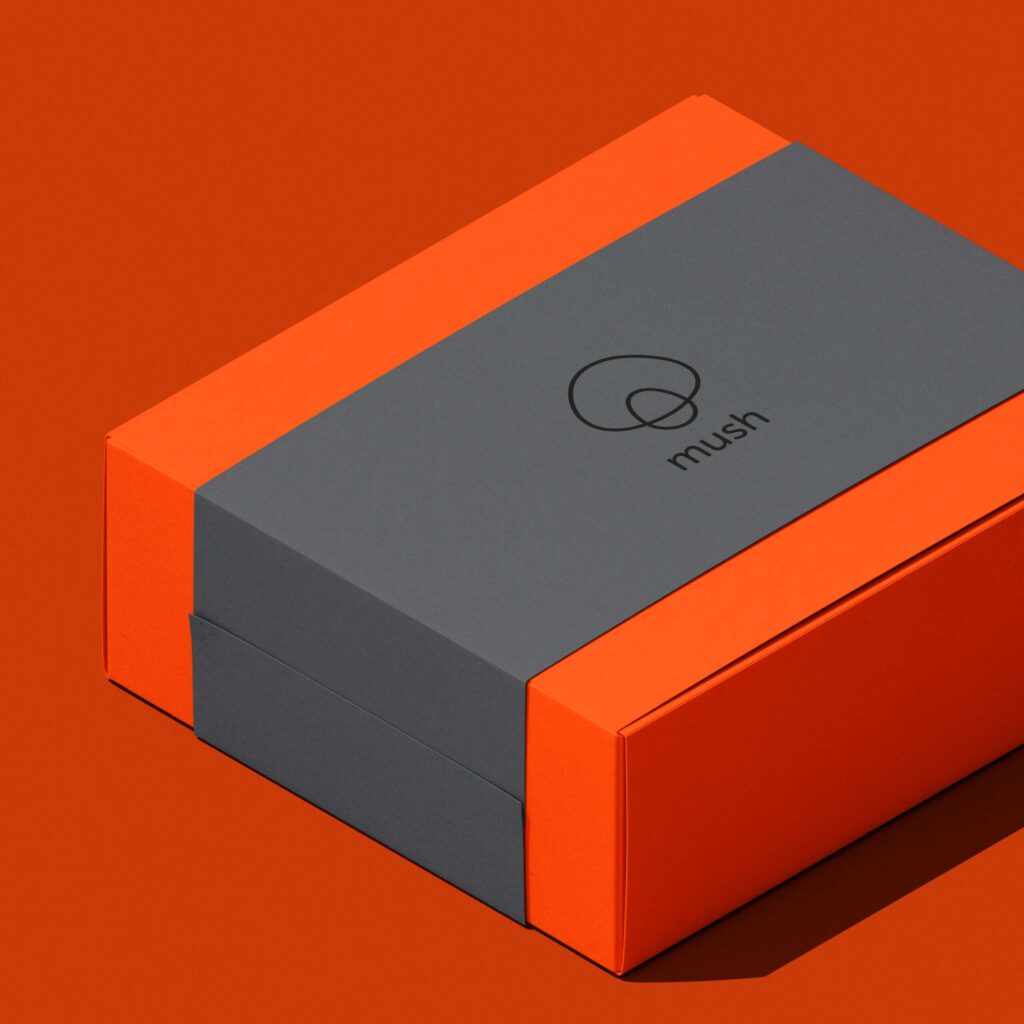
Mush, an adult-focused entertainment brand, needed identity with flair. Our logo—two simple rings forming a mushroom—evokes magic, play, and transformation, flexing seamlessly across motion, merchandise, and media.
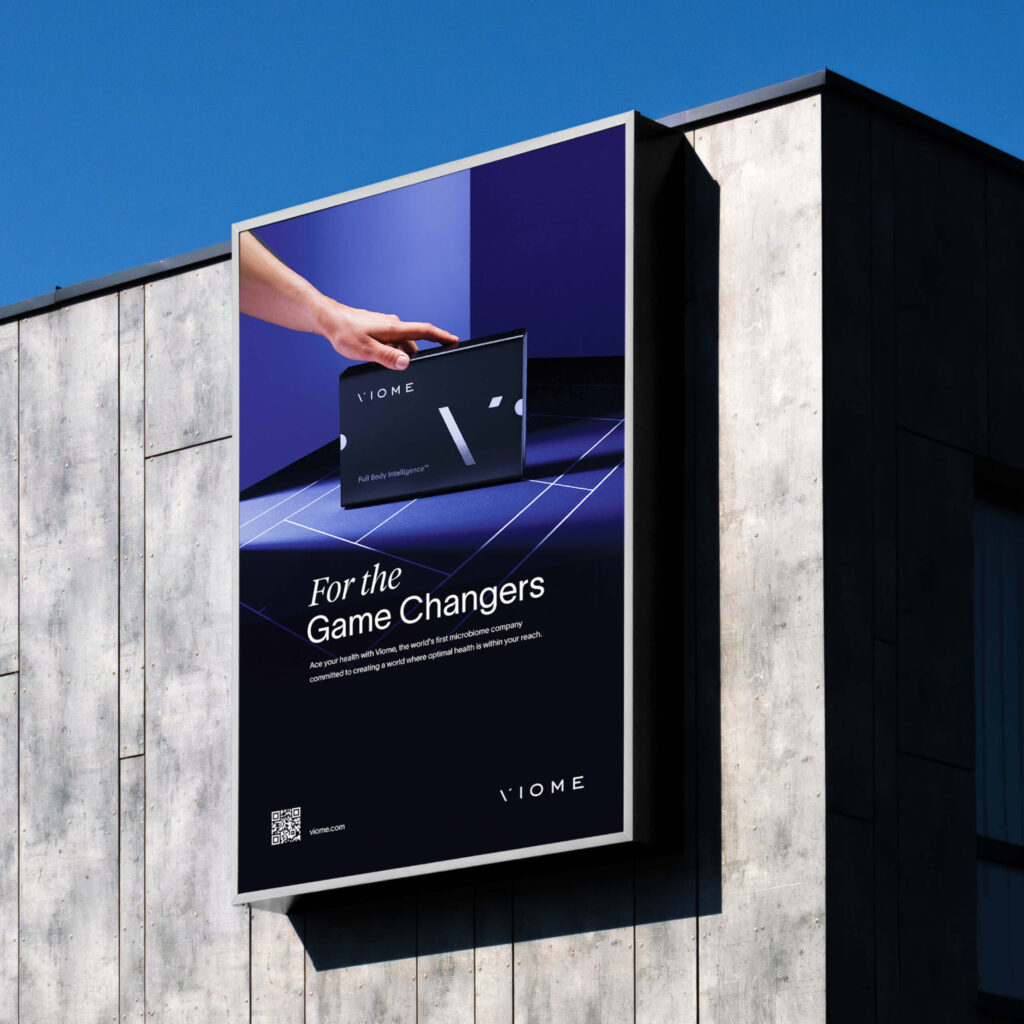
With a 24-hour deadline, we created a minimalist yet bold print ad for Viome at the US Open. By transforming a tennis court into a stage for the product, we delivered a striking visual that rose above the clutter.

We designed a bespoke typographic logo for Hanrad, a luxury rug brand inspired by fine art. Every letterform was sculpted to reflect timeless elegance—mirroring the craftsmanship of the masterpieces their rugs are meant to complement.